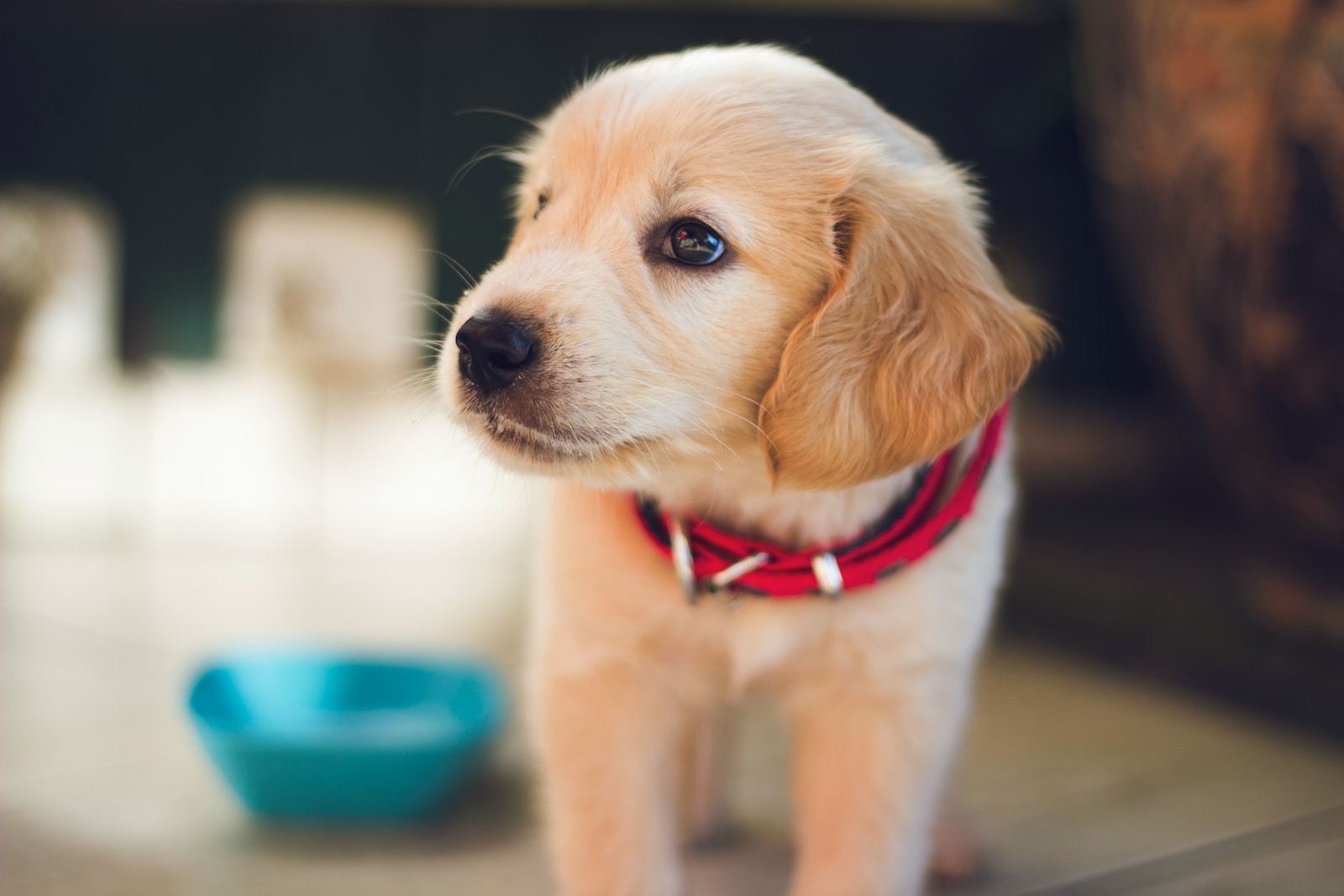How to Potty Train a Puppy in an Apartment: A Professional Guide to Success
Embarking on the journey of apartment living with a beloved furry companion is a delightful experience, but it’s not without its distinctive challenges. The close quarters and shared spaces of an apartment necessitate a strategic approach, especially when it comes to one of the fundamental aspects of pet care—potty training. Successfully navigating this hurdle is pivotal for cultivating a positive coexistence and fostering an atmosphere of tranquility in your shared living space.
The confined nature of apartment living amplifies the significance of effective potty training, demanding a blend of insight, dedication, and creativity. Fear not, though, as with the right mindset and a touch of patience, you can seamlessly guide your puppy through the process, transforming potential challenges into opportunities for growth and understanding.
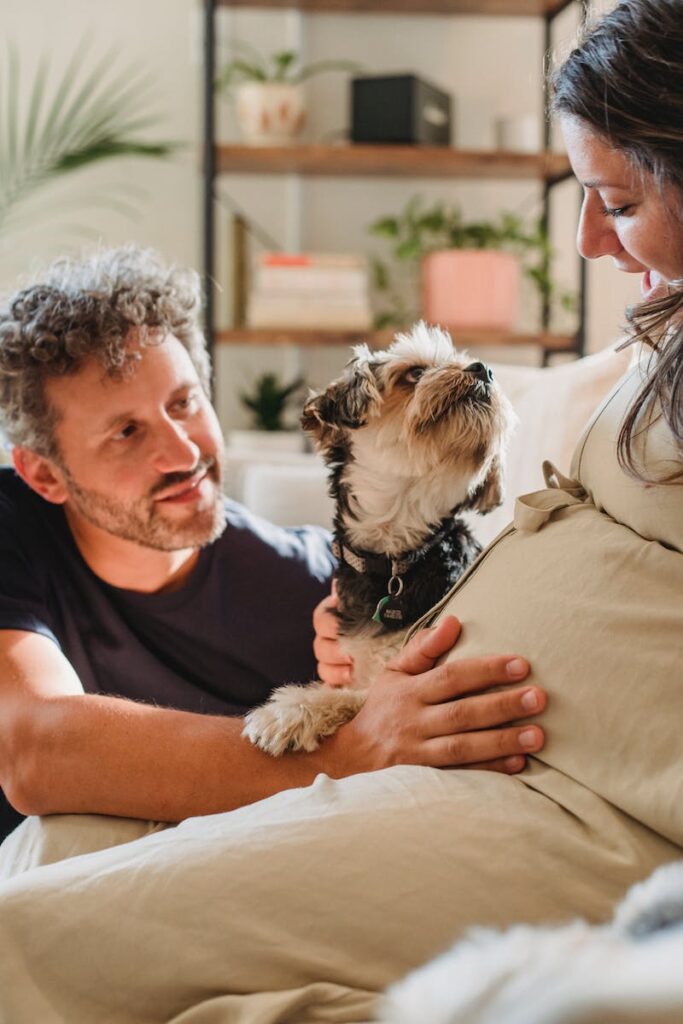
As you delve into the art of apartment living with your four-legged companion, our comprehensive guide will equip you with the knowledge and strategies needed to transform your living space into a haven for both you and your furry friend. From understanding the unique dynamics of apartment living to establishing structured routines, employing positive reinforcement techniques, and exploring the benefits of crate training, this guide will be your go-to resource for cultivating a harmonious environment where both human and canine occupants thrive. Let’s embark on this adventure together, ensuring that every step of the way is a joyful and fulfilling experience for you and your puppy.
Table of Contents
Understanding the Apartment Dynamics: Navigating the Unique Challenges
In the intricate tapestry of apartment living, the dynamics are uniquely shaped by limited space, shared areas, and close proximity to neighbors. As you embark on the endeavor of potty training your puppy in such an environment, it becomes imperative to grasp these dynamics to tailor your training approach effectively.
Apartments typically offer restricted outdoor spaces, emphasizing the importance of designating a specific area for your puppy’s bathroom needs. Choose a spot that is easily accessible and consistent, allowing your furry friend to associate that particular location with the act of elimination. This not only aids in establishing a routine but also minimizes the potential inconvenience to neighbors.
Moreover, comprehending the flow of activities in your apartment complex is essential. Recognize peak times for foot traffic and plan your puppy’s outdoor breaks accordingly. Being mindful of your neighbors’ schedules fosters a considerate approach, ensuring that your pet’s needs align harmoniously with the rhythm of apartment life.
Additionally, explore the feasibility of indoor alternatives for bathroom breaks, such as puppy pads or artificial grass. Understanding the logistics of your apartment layout and proximity to outdoor spaces will enable you to make informed decisions that cater to both your puppy’s needs and the expectations of a shared living environment.
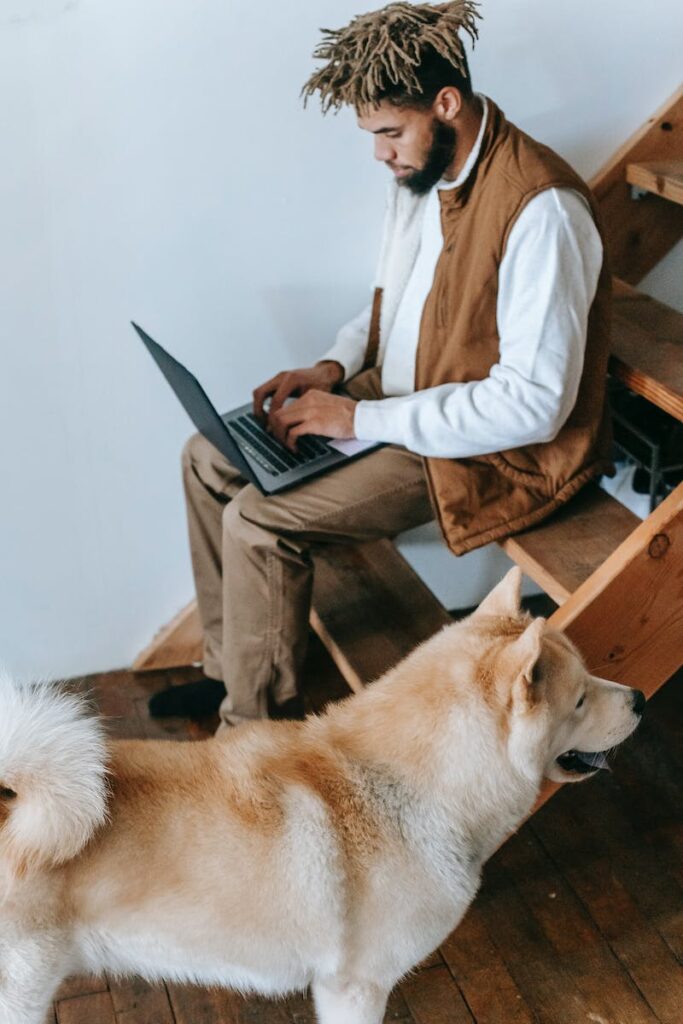
By delving into the unique dynamics of apartment living, you lay a solid foundation for a successful potty training journey. Tailoring your strategy to the intricacies of your living space demonstrates a thoughtful approach that not only fosters a positive relationship with your puppy but also cultivates a considerate and cooperative atmosphere within your apartment community.
Setting a Structured Schedule: Establishing Harmony in Routine
In the symphony of apartment living, a structured schedule becomes the conductor, orchestrating a harmonious existence for both you and your puppy. The confined nature of apartment spaces accentuates the importance of routine, offering a framework that not only supports your puppy’s development but also integrates seamlessly into the fabric of your daily life.
Begin by delineating clear timelines for essential activities such as feeding, walks, and bathroom breaks. Consistency is the linchpin of successful potty training, and a well-defined schedule provides the predictability your puppy craves. Regular, timely outings to the designated potty area reinforce positive behaviors and contribute to the formation of a reliable routine.
Consider the unique demands of apartment living when crafting your schedule. Factor in the constraints of shared spaces and potential high-traffic times, ensuring that your puppy’s needs align with the flow of daily activities within the apartment complex. This thoughtful approach not only streamlines the training process but also showcases your commitment to being a responsible and considerate pet owner.
Moreover, recognize the significance of mental and physical stimulation in your puppy’s routine. Incorporate playtime and interactive sessions into your schedule to channel your puppy’s energy positively. A well-stimulated and engaged puppy is more likely to adhere to the established routine, fostering a sense of fulfillment and contentment in your shared living space.
In essence, crafting a structured schedule is not just about potty training; it’s about creating a holistic and balanced lifestyle for your puppy within the confines of apartment living. By blending routine with adaptability, you set the stage for a cooperative and enriching relationship, where both you and your furry companion thrive amidst the unique rhythms of apartment life.
Positive Reinforcement Techniques: Nurturing a Bond Through Encouragement
In the intricate dance of apartment living with a new puppy, positive reinforcement emerges as the gentle guiding hand, steering your furry companion toward desired behaviors. This approach not only facilitates effective potty training but also lays the groundwork for a trusting and affectionate relationship between you and your four-legged friend.
When your puppy exhibits the desired behavior—be it using the designated potty area or displaying patience during the training process—celebrate these moments with enthusiasm. Employ a variety of positive reinforcements, such as treats, verbal praise, or even a favorite toy, to create a positive association with the act of appropriate elimination.
Consistency in positive reinforcement is key. Repetition helps your puppy understand the correlation between their actions and the rewarding outcomes, encouraging them to repeat the desired behavior. This not only accelerates the potty training process but also deepens the bond between you and your puppy.
Equally important is the timing of reinforcement. Deliver praise or treats promptly after your puppy completes the desired behavior. This immediacy helps your puppy make a clear connection between their action and the positive response, reinforcing the behavior you want to encourage.
However, in the instances where accidents occur, refrain from using punishment as a corrective measure. Instead, focus on redirecting your puppy’s attention to the designated potty area and rewarding them for using it appropriately. This constructive approach fosters a positive learning environment, ensuring that your puppy associates potty training with encouragement and support.
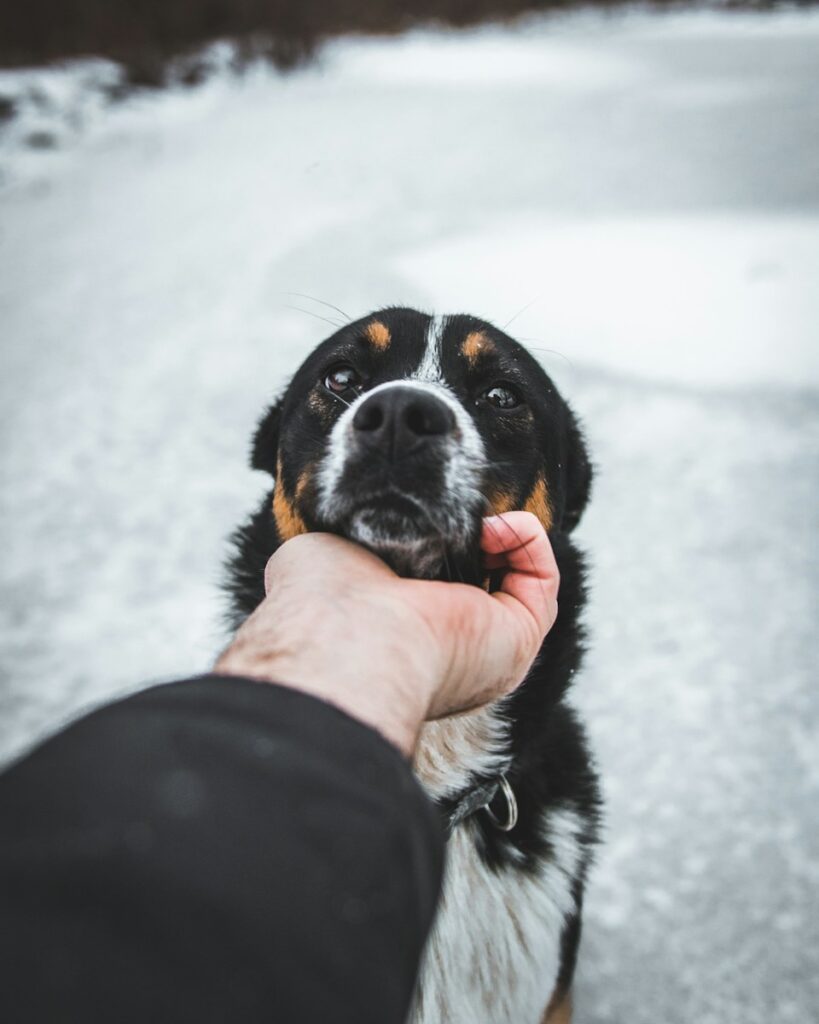
By integrating positive reinforcement techniques into your potty training regimen, you not only cultivate a well-behaved pet but also nurture a relationship built on trust and mutual understanding. This approach transforms the challenges of apartment living into opportunities for bonding, making each successful step in the training process a shared victory for you and your puppy.
Utilizing Crate Training Effectively: A Safe Haven for Apartment Harmony
In the intricate ballet of apartment living, crate training emerges as a versatile choreography, providing both structure and security for your puppy. The confined quarters of an apartment can pose challenges during the potty training journey, making a well-integrated crate a valuable tool for fostering positive habits and a sense of comfort for your furry companion.
Introduce the crate as a cozy, inviting space rather than a confinement. Make it a haven by placing soft bedding, toys, and treats inside, creating a positive association with the crate. Gradually acclimate your puppy to the crate, starting with short periods and gradually extending the time spent inside. This gradual introduction allows your puppy to view the crate as a safe and comfortable retreat.
The appropriately sized crate is crucial for effective training. A crate that is neither too large nor too small ensures that your puppy has enough room to stand, turn around, and lie down comfortably. This sizing strategy taps into your puppy’s natural instinct to keep their living space clean, contributing to the success of the potty training process.
Crate training becomes particularly advantageous when you cannot directly supervise your puppy. During times when you’re away or engaged in activities that require your attention, the crate provides a secure space, reducing the likelihood of accidents and reinforcing positive behaviors. As a result, your puppy begins to associate the crate with a sense of security and predictability.
Remember, the crate is not a punishment but a tool for fostering positive behaviors and aiding in the potty training process. When used effectively, it becomes a valuable asset in the rhythm of apartment living, contributing to a well-behaved and contented puppy while maintaining the harmony of your shared space.
Addressing Accidents Calmly: An Integral Step in Apartment Training
In the intricate choreography of apartment living with a new puppy, the inevitability of accidents is an acknowledged part of the journey. How you respond to these mishaps plays a pivotal role in shaping your puppy’s understanding and ensuring a positive trajectory in the potty training process.
First and foremost, maintain a calm and composed demeanor when accidents occur. It’s important to remember that your puppy is still learning, and occasional setbacks are natural. Reacting with patience rather than frustration creates an environment where your puppy feels safe and supported.
Swift and thorough cleanup is crucial after accidents. Use enzymatic cleaners to eliminate any lingering scent markers that might attract your puppy back to the same spot. This proactive measure not only maintains a hygienic living environment but also minimizes the likelihood of repeat accidents in the same location.
Avoid punitive measures in response to accidents. Negative reinforcement can create confusion and fear in your puppy, hindering the learning process. Instead, redirect your puppy to the designated potty area and, upon successful use, offer positive reinforcement. This approach helps your puppy understand the preferred location for elimination without associating the act with negativity.
Consider accidents as valuable learning opportunities for both you and your puppy. Analyze the circumstances leading up to the accident to identify patterns or triggers. This reflective approach allows you to adapt your training strategy, making it more tailored to your puppy’s needs and the unique dynamics of your apartment living.
By addressing accidents calmly and constructively, you contribute to a positive learning environment. This patience-driven approach not only aids in the refinement of your puppy’s potty training skills but also strengthens the bond between you and your furry companion. In the grand tapestry of apartment living, understanding and managing accidents become integral steps toward a harmonious coexistence.
Seeking Professional Guidance: Elevating Your Apartment Potty Training Strategy
In the intricate orchestration of apartment living and puppy training, there may be instances where seeking professional guidance becomes a valuable crescendo in refining your approach. A professional dog trainer, with their expertise and tailored insights, can serve as the guiding conductor in fine-tuning your puppy’s potty training regimen for optimal success.
If persistent challenges arise or if your puppy seems resistant to training, consider enlisting the assistance of a professional. These experts possess a wealth of experience in deciphering canine behavior and tailoring training strategies to individual needs. Their insights can prove invaluable in addressing specific issues unique to apartment living.
Professional dog trainers bring a fresh perspective, offering constructive feedback on your existing training routine. They can identify areas for improvement, suggest alternative techniques, and provide hands-on demonstrations to enhance your understanding of effective training methods. This collaborative approach ensures a comprehensive and personalized strategy tailored to your apartment living dynamics.
Moreover, professional guidance extends beyond the immediate potty training concerns. It encompasses a holistic view of your puppy’s well-being, considering factors such as mental stimulation, socialization, and overall behavioral development. This broader perspective contributes to the creation of a well-adjusted and contented furry companion within the unique context of apartment living.
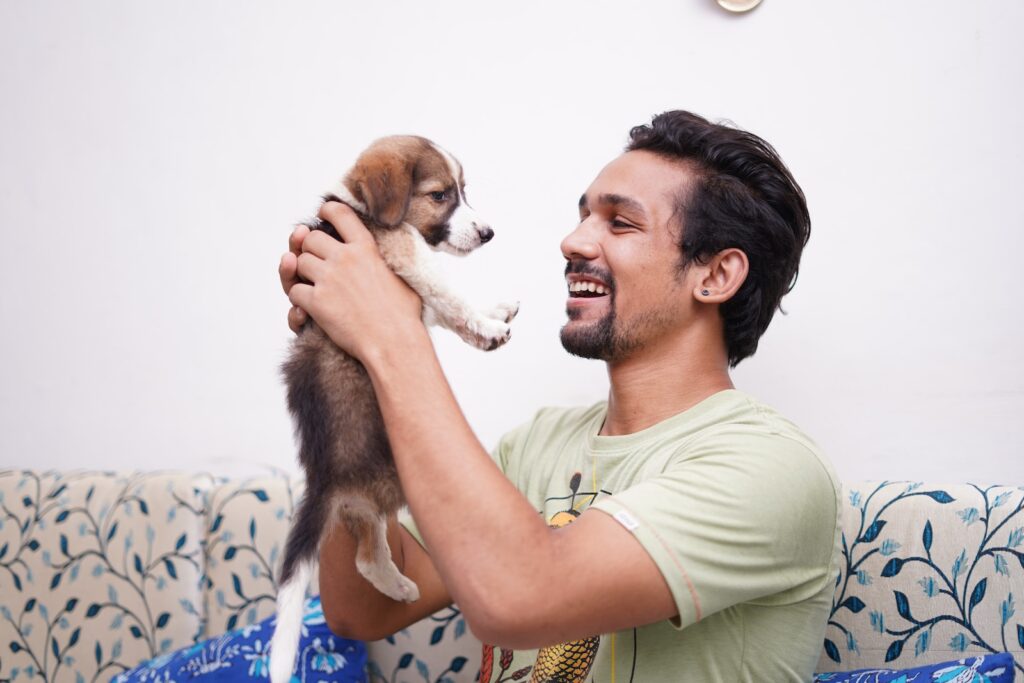
While your dedication to training is commendable, acknowledging the expertise of a professional dog trainer is a proactive step toward overcoming hurdles and achieving a harmonious living environment. Through this collaborative effort, you not only refine your potty training strategy but also invest in the long-term well-being and happiness of both you and your cherished canine companion in the intricate tapestry of apartment living.
Conclusion: Crafting Harmony in Apartment Living with a Well-Trained Puppy
As we conclude this comprehensive guide to potty training your puppy in an apartment, reflect on the journey you’ve embarked upon—the delicate dance of understanding, routine-setting, positive reinforcement, and the strategic use of tools like crate training. In the intricate tapestry of apartment living, the successful potty training of your furry companion is not just a practical accomplishment but a testament to the bond you’ve nurtured.
Understanding the dynamics of apartment living is the foundation upon which every successful potty training strategy rests. Your awareness of limited space, shared areas, and the importance of considering your neighbors has laid the groundwork for a considerate and cooperative living environment. Each aspect of this guide, from structured schedules to positive reinforcement, crate training, and addressing accidents with calm resilience, contributes to the orchestration of a harmonious life with your puppy.
Remember, the journey is dynamic, and setbacks are merely notes in the symphony of learning. Embrace the process with patience, recognizing that your puppy is not just a pet but a cherished member of your apartment community. Seeking professional guidance, if needed, demonstrates your commitment to their well-being and the tranquility of shared spaces.
In the grand finale of apartment living with a well-trained puppy, celebrate the small victories, for in them lies the transformation of challenges into opportunities for growth. As you and your furry companion navigate this shared adventure, may your apartment be filled with joy, understanding, and the delightful melody of a harmonious coexistence. Cheers to a thriving life in your apartment with your well-trained and cherished four-legged friend.

